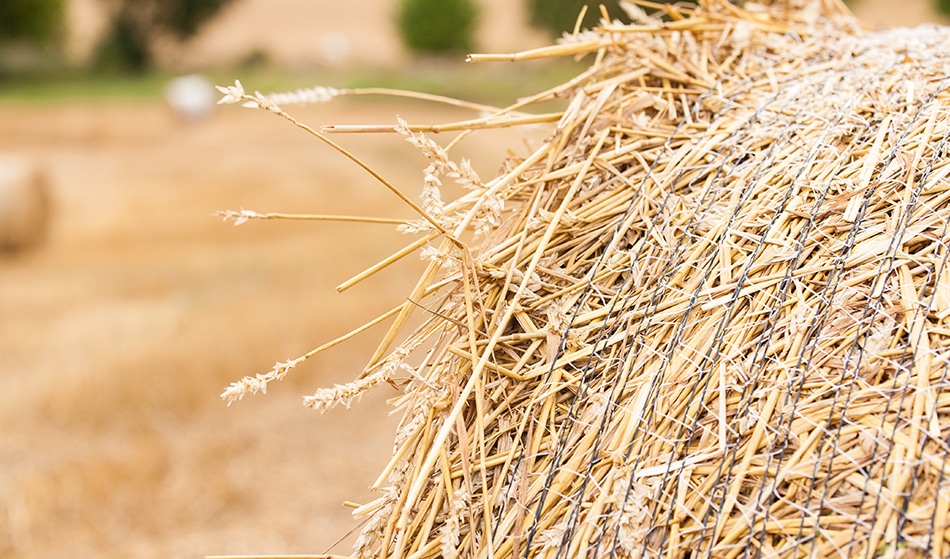Jan 29 2018
“In my study, I wanted to show that calculating the greenhouse gas emissions of biofuels tells just half of the story. What we really need to do is quantify the emissions of each product coming out of biorefineries,” states Edgard Gnansounou, Professor at EPFL and head of the school’s Bioenergy and Energy Planning Research Group. In order to achieve this, Gnansounou has created a sophisticated computer model reported in an article published in the journal Bioresource Technology.
Although biofuels and other biomass-derived fuels have turned into feasible options for substituting fossil fuels, they have to satisfy specific environmental standards in order to genuinely assist in reducing carbon emissions. As part of a new EU directive starting from 2021, bioethanol-based fuels, which are synthesized by fermenting biomass, should save 70% of greenhouse gas emissions in comparison to fossil fuels. The Switzerland government have already passed a law mandating that from August 1, 2016, biofuels ought to reduce greenhouse gas emissions by at least 40% when compared to fossil fuels.
Yet, computing the cumulative greenhouse gas emissions of biofuels is not so easy. Not just the biofuel production but the entire processing chain has to be accounted for. In the case of sugar cane, it will include emissions from the growth and harvest of the plant, transferring it to a biorefinery, converting it into biofuel and synthesizing other compounds and animal feed supplements that are usually derived as coproducts. The problem is that to date, there has been no computer model for investigating the complete life cycle of every product and generating a single emissions figure contingent on environmental demands.
One of the main difficulties is the various disparate variables needed for computing the emissions of biofuels and their different coproducts. However, after 5 years of studies, Gnansounou has developed a model that includes all the different data.
I tackled the problem of allocating greenhouse gas emissions among the different coproducts by specifying an environmental requirement for each one. That lets plant engineers compare those emissions with their fossil-fuel equivalents and set up the right incentives to make their biorefineries economically viable.
Edgard Gnansounou
Gnansounou’s model targets second-generation biorefineries, which are still comparatively new - at present, only five such biorefineries exist across the world. The benefit of these biorefineries is that rather than processing crops that are also used as food, they process farm waste (such as wheat straw) and forest waste. Gnansounou was particularly interested in wheat straw, considering the fact that wheat ears are used for food and the stems are used by biorefineries to synthesize biogas for electricity and heating, bioethanol for fuel and phenol for the chemical industry. He also took into account emissions from the fertilizer and farming machines adopted to grow and harvest wheat, and also whether the field was previously used for different crops. After computing a total greenhouse gas emissions figure, he adopted his model to divide the total among the different coproducts.
 OskarsK/shutterstock
OskarsK/shutterstock
Gnansounou is confident that his study will bring a scientific perspective to the economic and political debate on biofuels. “Second-generation biorefineries should replace some oil refineries, but engineers still don’t have a clear method for calculating emissions across a biofuel’s life cycle,” he stated. “What’s more, biorefineries have trouble competing with low oil prices” because biofuels are two to three times more costly when compared to fossil fuels. He concluded by saying, “Policymakers still haven’t fully grasped the emissions challenge, which is why it’s a good area for research.”
Gnansounou is convinced that the renewable energy industry is too fixated on the greenhouse gas emissions of biofuels alone; however, it must concentrate more on the emissions of every coproduct from biorefineries, contingent on climate policy constraints. That will also provide consumers further information related to the sustainability of biomass-derived products. Gnansounou aims to carry on with his study on other crop types and report the outcomes in another article.